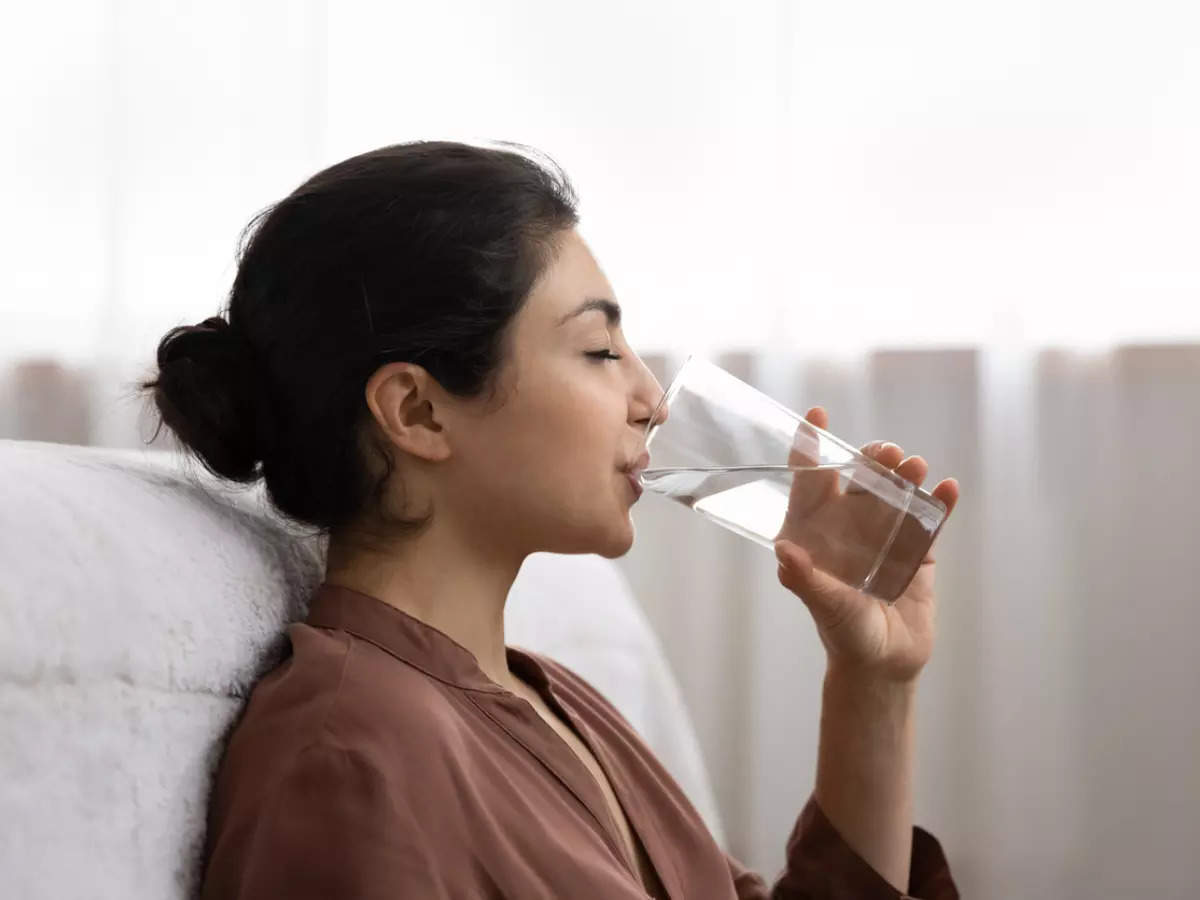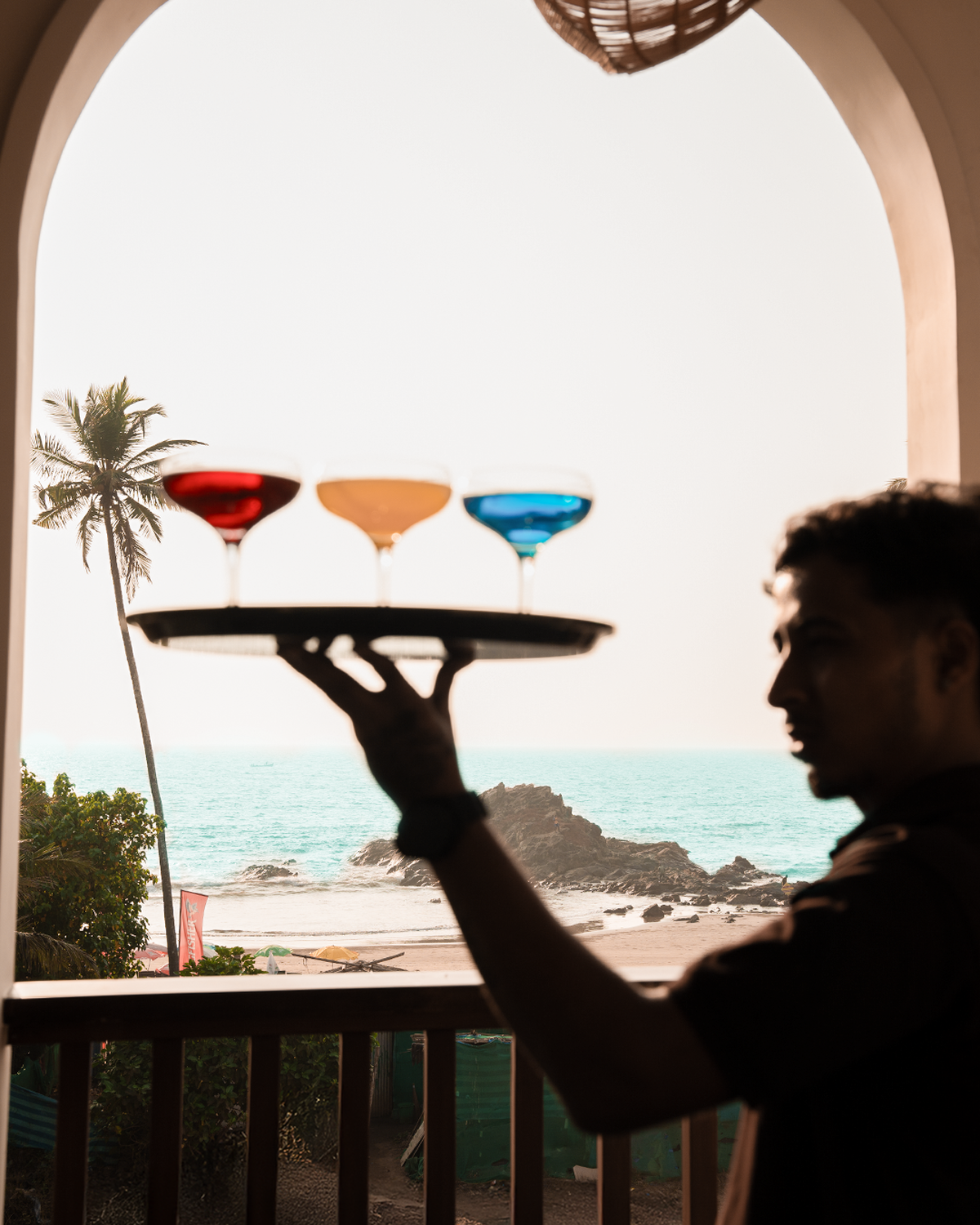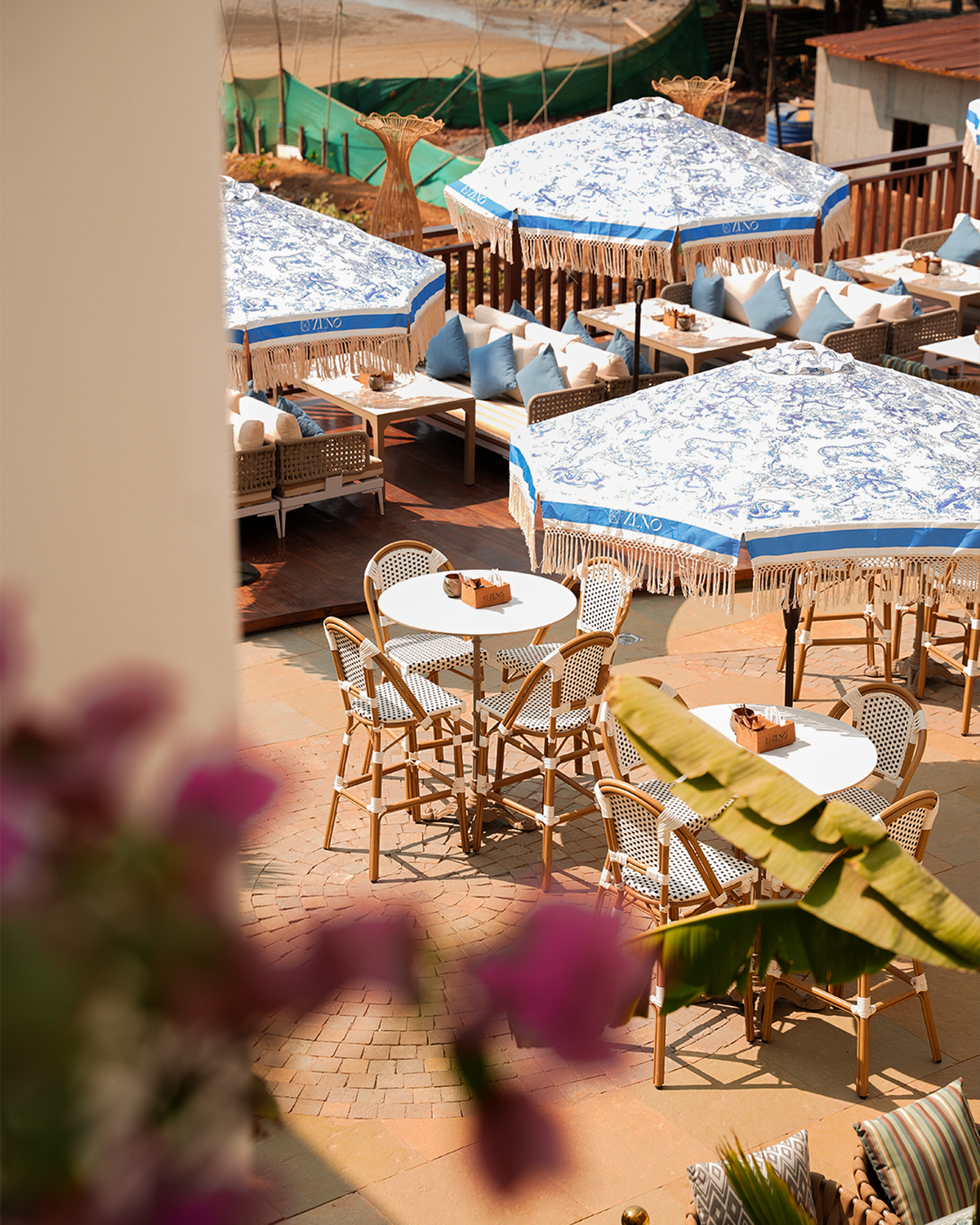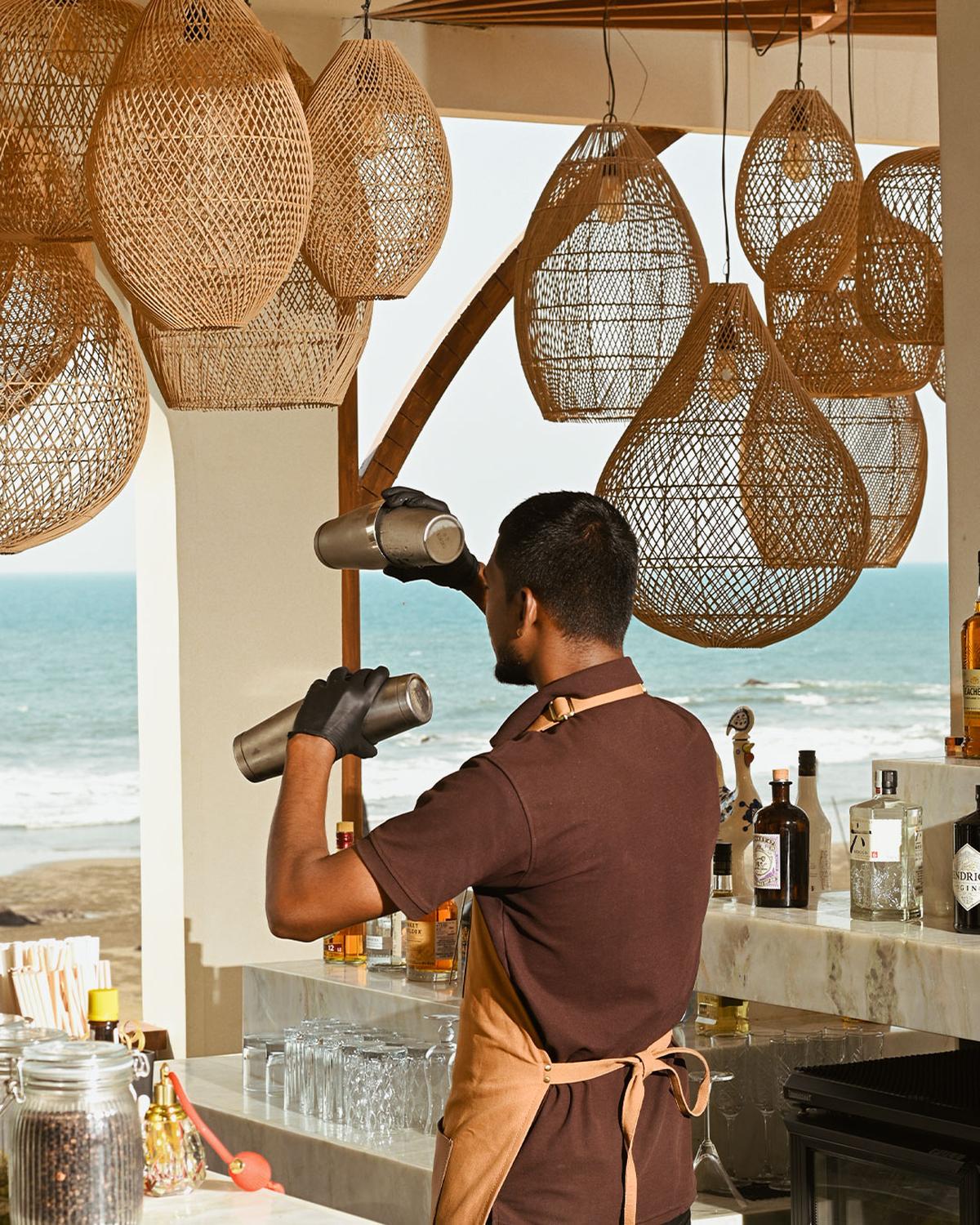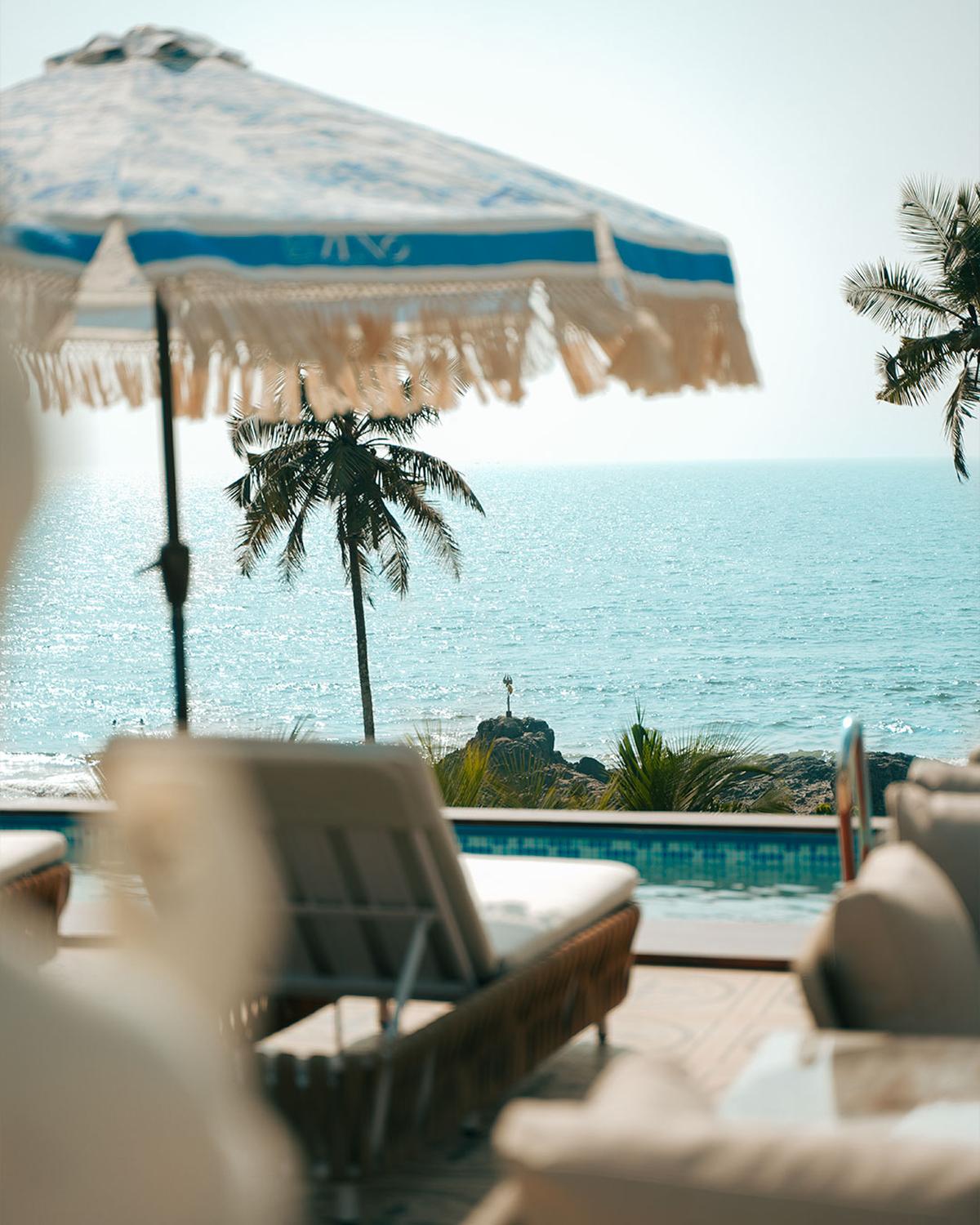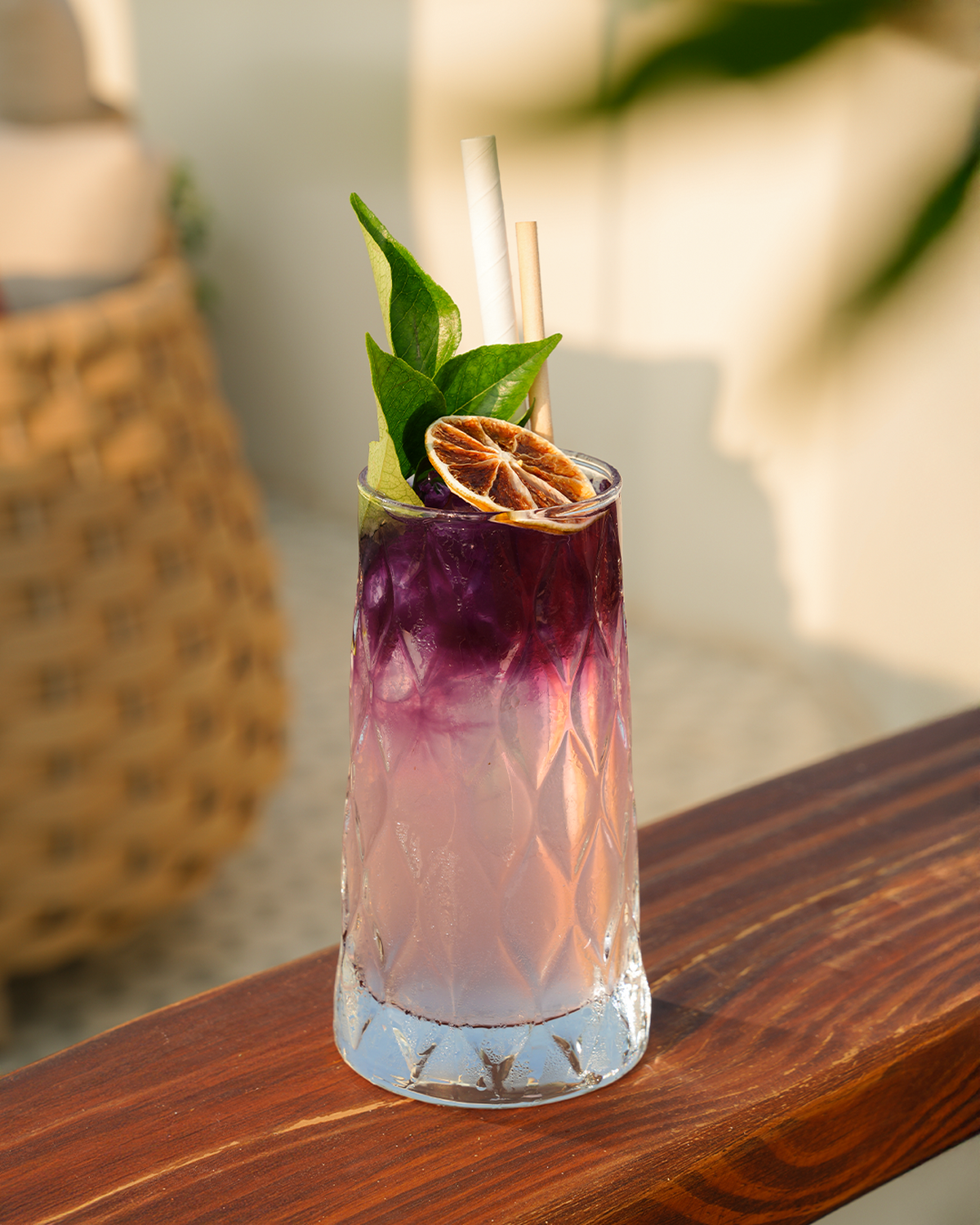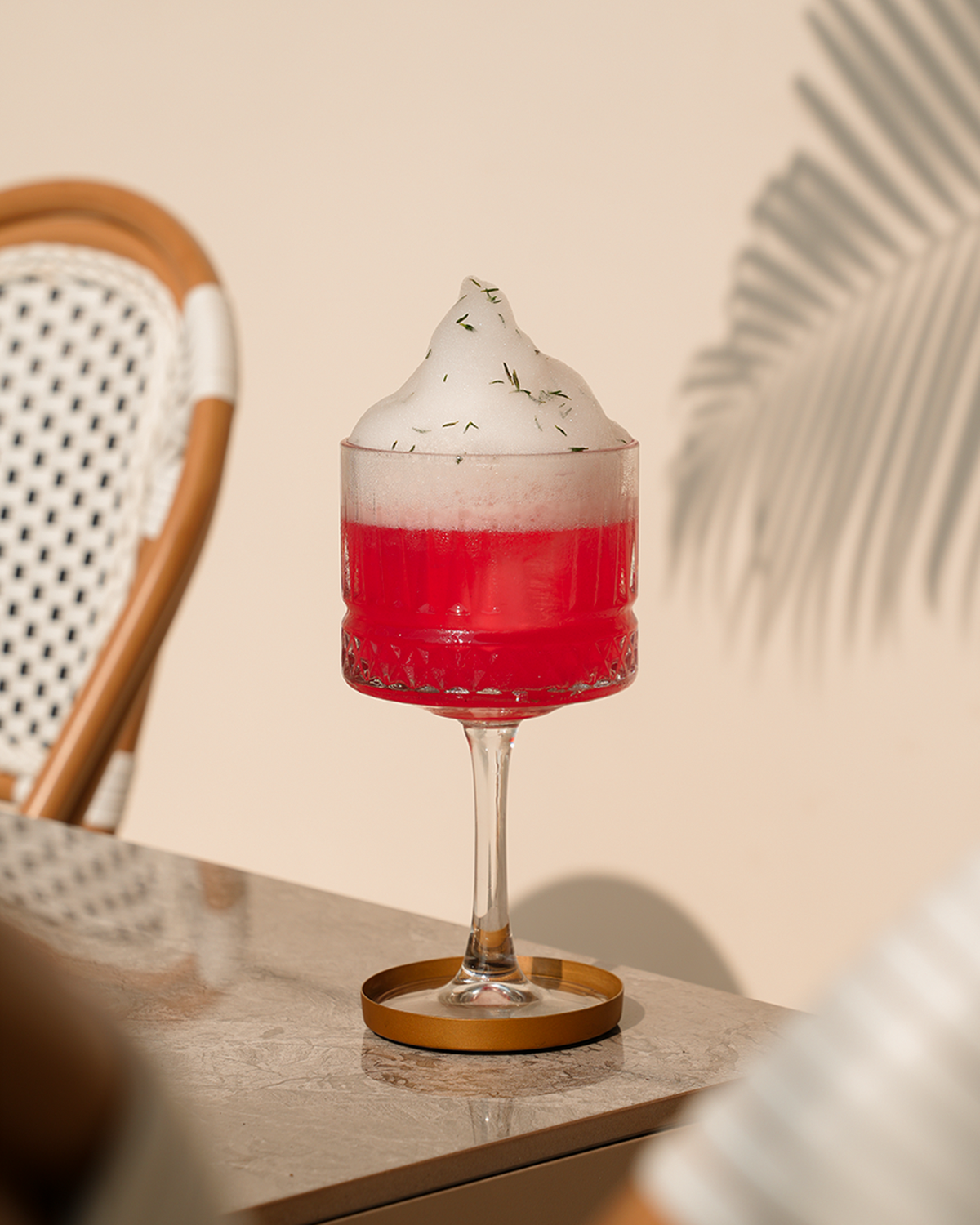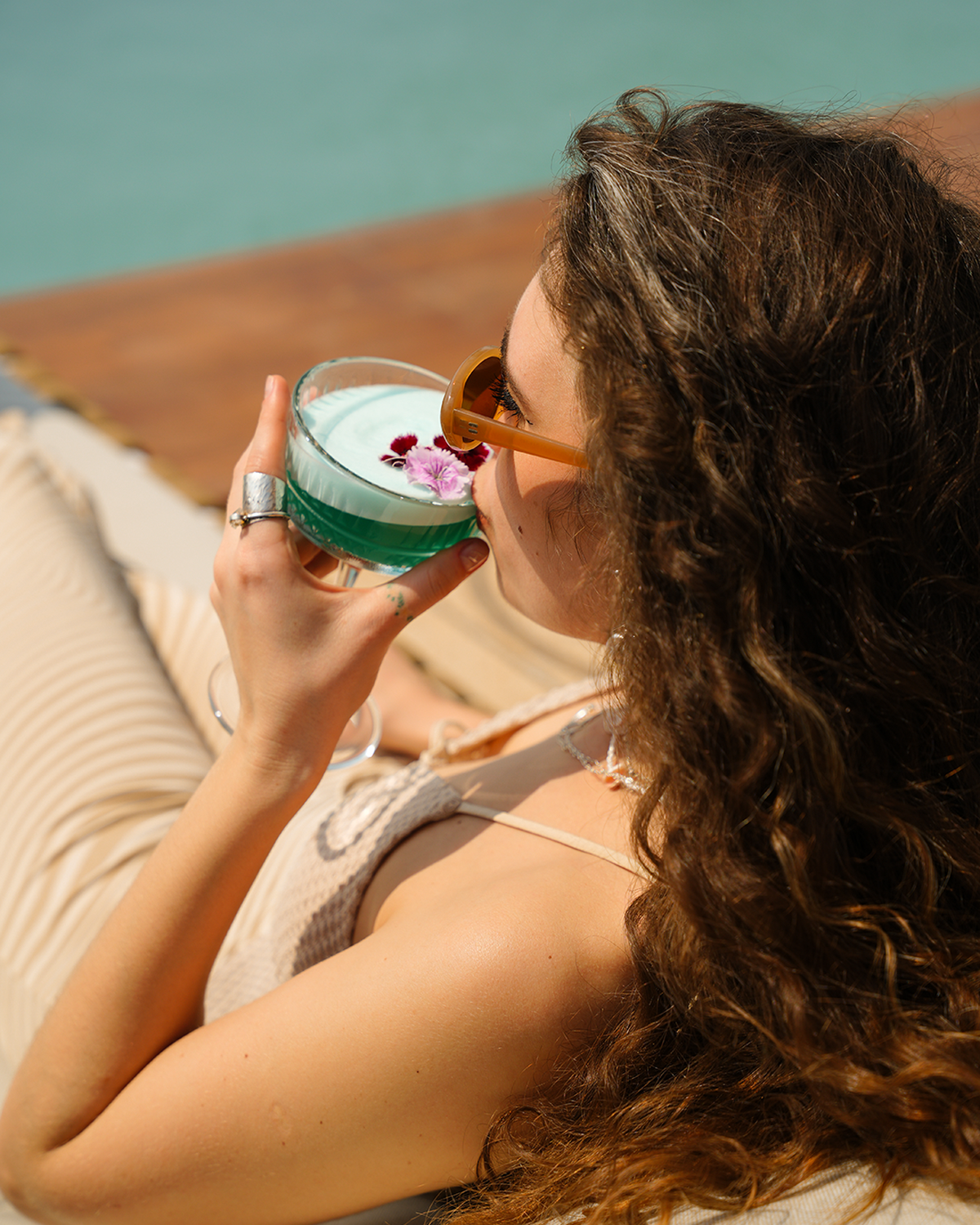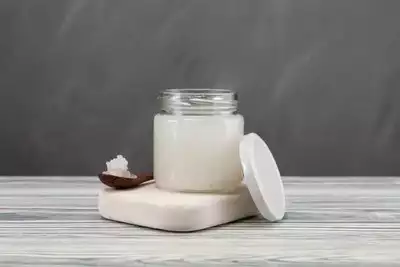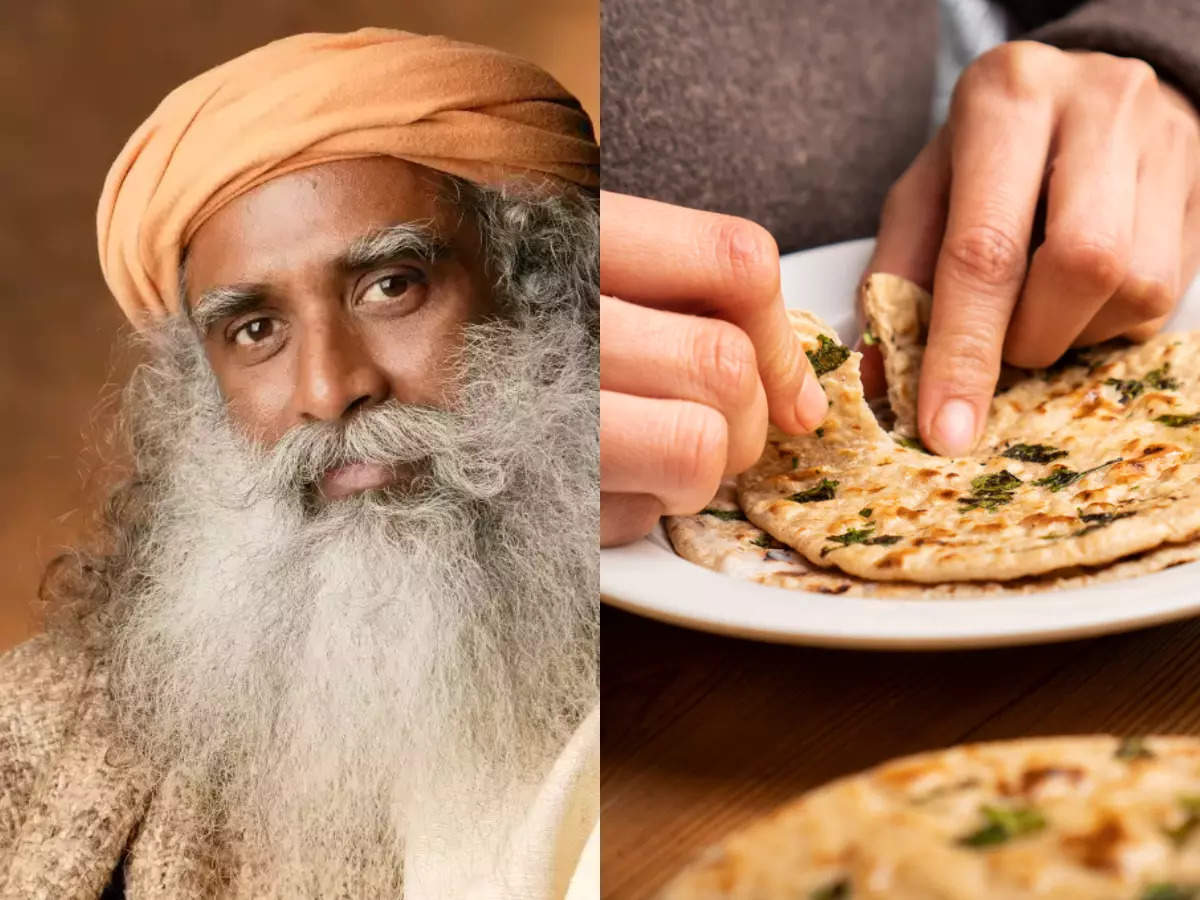Over centuries, thread has been an instrument to sew, mend, darn, embellish and create. We female artists are much like individual threads in the fabric of a society’s culture — seen but not noticed. But once you notice us, you will see us everywhere.” This message at the entrance to the ongoing exhibition titled The Female Legacy Project (TFLP), sums up the theme and intent of this event and is a reclamation of narratives.
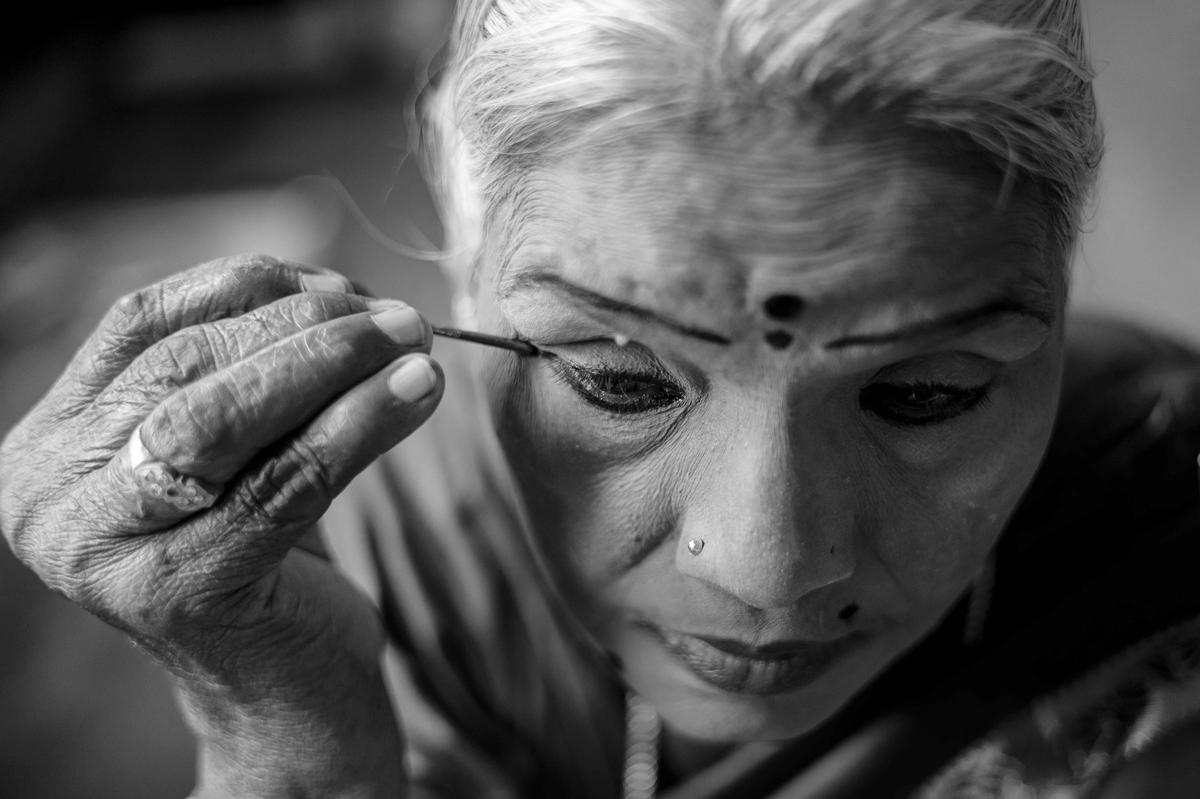
Usha Rani
| Photo Credit:
Special Arrangement
The exhibition focusses on three women: Usha Rani, a kattaikkoothu artiste, Seethalakshmi, a shadow puppetry artiste, and Narthaki Nataraj, a Bharatanatyam artiste. The exhibition traces the lives and struggles of these three women artistes, their influences, inspirations, and the people who supported them.
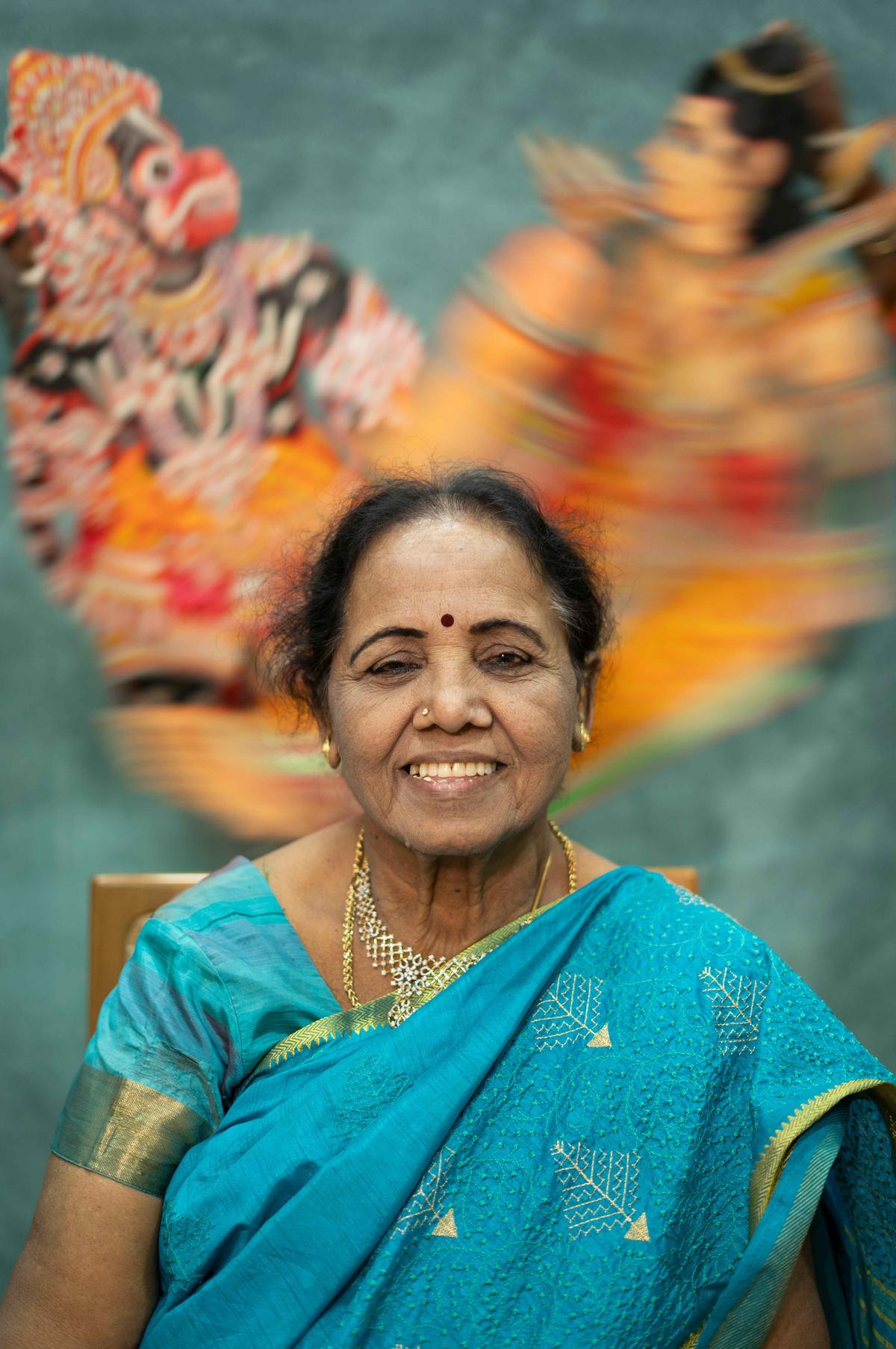
S. Seethalakshmi
| Photo Credit:
Special Arrangement
Y Nayudamma, the then director of Central Leather Research Institute (CLRI), offered Seethalaksmi a job at the institute after watching a performance at Museum Theatre, as he wanted people to understand the cultural associations of leather through puppetry. Seethalakshmi hailed from a family of puppeteers in Kakinada, and was trained by her maternal uncle MV Ramanmurthy. She came to Chennai at the age of nine in 1954 along with her troupe for a show at Island Grounds, and soon after made the city her home.
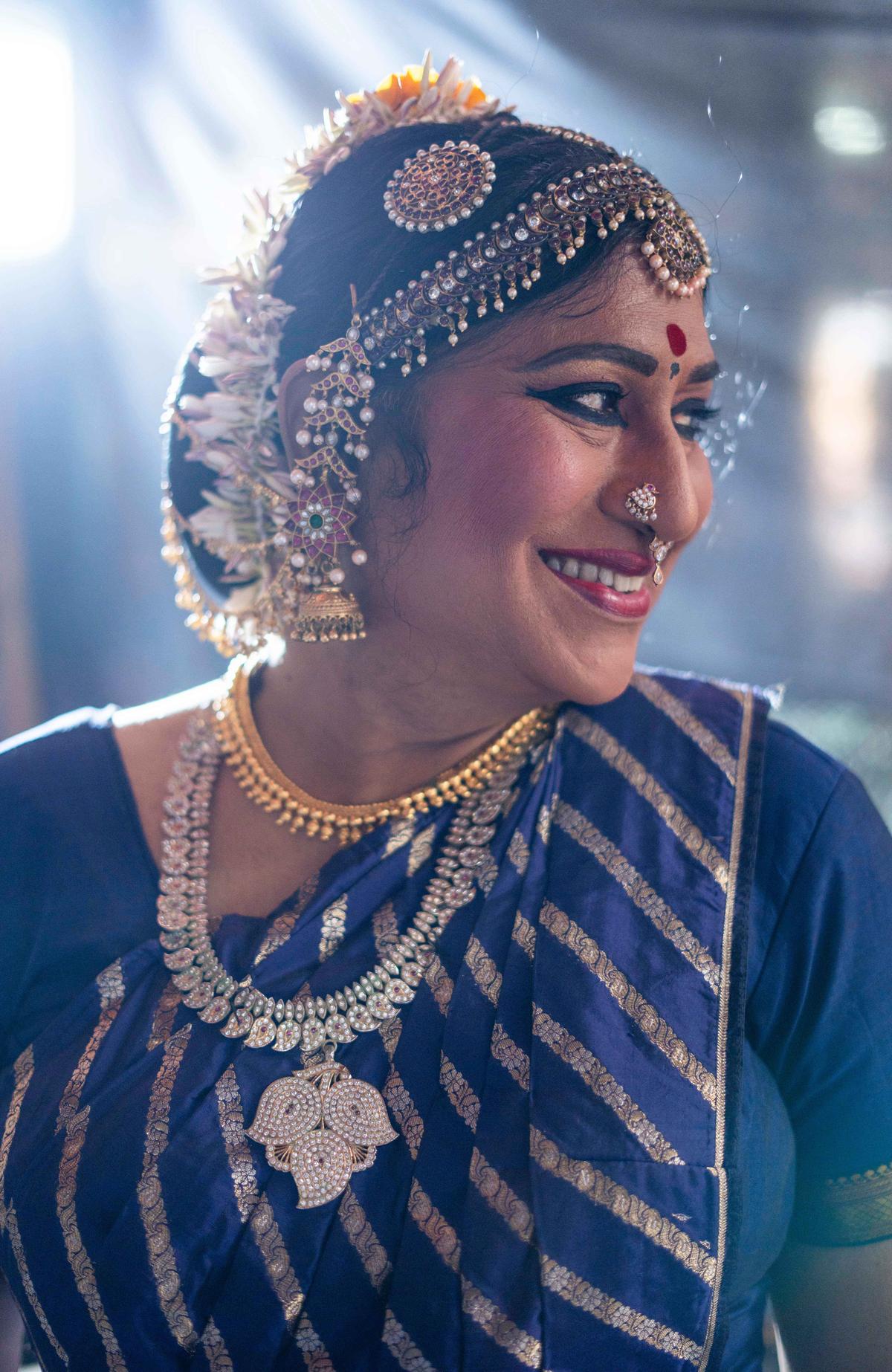
Narthaki Nataraj
| Photo Credit:
Special Arrangement
Though she never went to school, it was Usha’s keen sense of observation and remarkable ability to memorise songs and dialogues that helped her forge her career. She was known for the portrayal of the character of Kaikeyi, from The Ramayana. She could hold the audience in rapt attention while she performed. Yet, the world she lived in only referred to her as nadakakaari, and nothing more.
For Narthaki Nataraj, a transgender Bharatanatyam artiste, Shakthi Bhasker, also a transgender, was an ardent cheerleader. KP Kittapa Pillai, the descendant of the famed Tanjore Quartet, took her in as his disciple in Thanjavur and gave Narthaki her name. Over the decades, Narthaki faced numerous rejections and upheavals as a transwoman. The greatest moment in her life arrived when she was awarded the Padma Shri in 2019.
In parallel to the exhibit, 34-year-old kattaikoothu artiste Thilagavathi Palani conducted a koothu make-up workshop. Initiated into the art by her uncle Munuswamy at the age of 11, she later underwent formal training at the Kattaikuttu Gurukulam under P Rajagopal. “Each of us had to learn reading, writing, singing, costume design, play any one musical instrument and also make-up. Artistes have to learn to apply the make-up for themselves, and also make the costumes and wooden accessories,” says Thilagavathi.
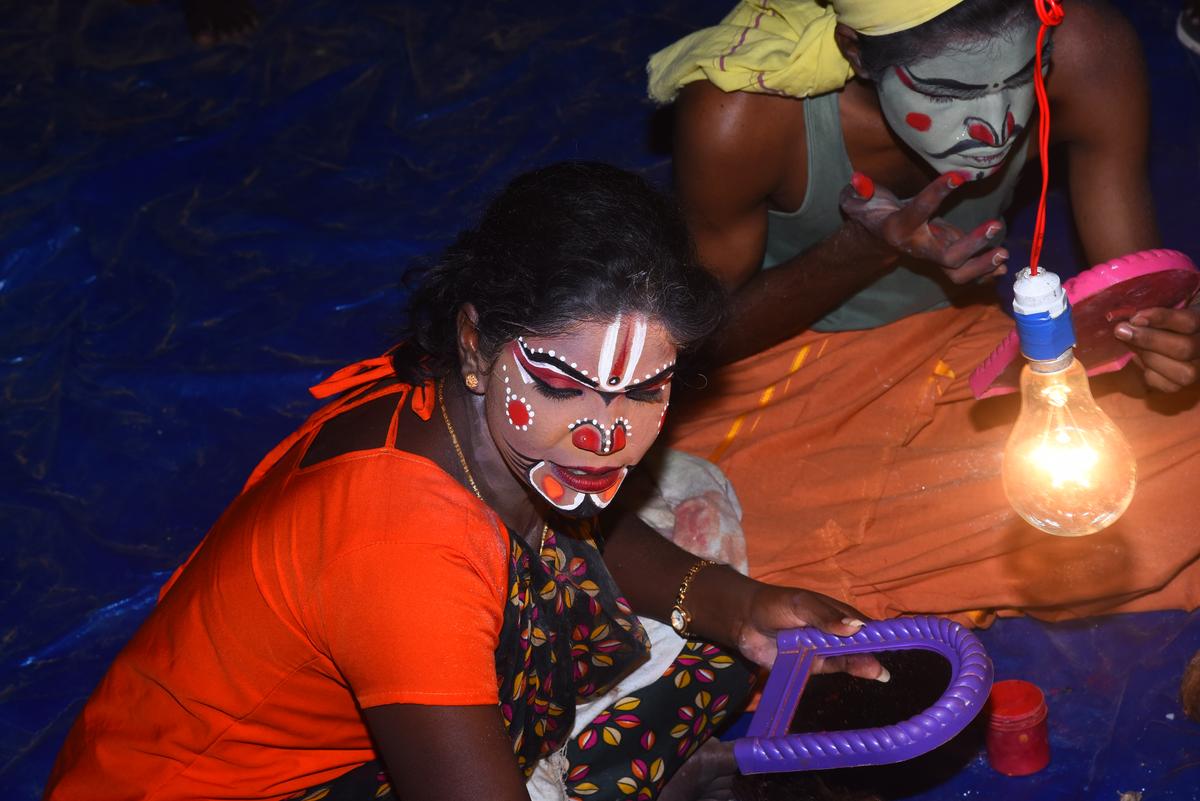
Thilagavathi Palani
| Photo Credit:
Special Arrangement
“Our makeup has to be loud, bright, dramatic and exaggerated as it is performed in open grounds during temple festivals, usually past midnight. Every rasa (emotion) has a colour, for example, aggression, anger and courage is signified by red; for female [characters] we use pink or yellow, and for heroic characters such as Krishna or Arjuna it is dark green or blue; and for neutral emotions, it is a combination of orange and yellow,” she says.
For the first layer, they mix coconut oil and muthuvella (a pearl white colour powder) and once it is evenly applied, they draw lines to accentuate the features and expressions using a thennang kuchi (broomstick). For heroic characters, a moustache is drawn in black but for villains it is attached using a rope. Once the lines are drawn, they begin to mix dominant colours in oil and rub it gently covering all areas. Once the makeup is applied, it is topped with talcum powder. After this, they wear the costume and finally the headgear.
Thilagavathi says, “Each troupe will have just one makeup kit. Pink, orange, yellow, red, black and white are the basic colours, with pink being a recent addition. We mix two colours to indicate certain characters.
@Alliance Francaise of Madras, Nungambakkam. On till April 13, 10am to 7pm. Presented by Goethe-Institut in association with the SNS Arts Development Consultancy, the Kala Collective and in collaboration with Alliance Française.
Get your professional portraits clicked with the most inspiring woman of your life free of cost, April 12, 4pm to 7pm. Make a piece of jewellery from a one-to-five inch image of your favourite female artiste on April 12, 4pm to 6pm.
Published – April 09, 2025 12:56 pm IST



